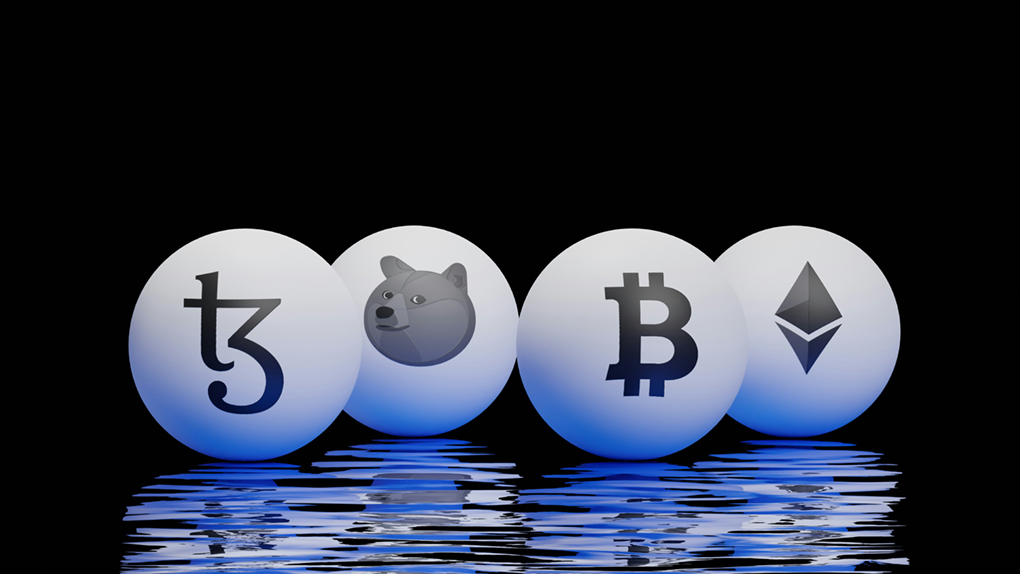|
Getting your Trinity Audio player ready...
|

In recent years, India has emerged as a significant player in the global Web3 ecosystem, showcasing remarkable growth in blockchain technology adoption and Web3 development. According to a report by Hashed Emergent cited in BusinessLine, India’s share of the global pool of Web3 developers surged to 12% in 2023 from a mere 3% in 2018, positioning the country as a leader among emerging markets. As we delve into 2024, let’s explore the anticipated trends and innovations shaping India’s Web3 space.
- Decentralized Finance (DeFi) Revolution: One of the most prominent trends expected to unfold in India’s Web3 landscape is the rapid expansion of Decentralized Finance (DeFi) projects. With the proliferation of cryptocurrencies and blockchain technology, DeFi platforms are poised to revolutionize traditional financial services. In 2024, we anticipate a surge in DeFi protocols offering innovative solutions such as lending, borrowing, decentralized exchanges, and yield farming. Indian developers, fueled by their entrepreneurial spirit and technical prowess, are likely to play a pivotal role in driving DeFi adoption and innovation within the country and beyond.
- NFT Market Dynamics: Non-Fungible Tokens (NFTs) have captured the imagination of creators, collectors, and investors worldwide, and India’s Web3 ecosystem is no exception. In 2024, we expect to witness a burgeoning NFT market in India, characterized by the emergence of NFT platforms, marketplaces, and digital art initiatives. Indian artists, musicians, and content creators are poised to leverage NFTs to monetize their work, establish digital ownership rights, and engage with a global audience. Moreover, NFTs hold the potential to disrupt traditional industries such as gaming, entertainment, and collectibles, presenting lucrative opportunities for Indian entrepreneurs and developers.
- Blockchain for Governance and Supply Chain: Blockchain technology’s inherent features of transparency, immutability, and decentralization make it well-suited for applications beyond finance. In 2024, we anticipate increased blockchain adoption in governance and supply chain management across various sectors in India. Government agencies, enterprises, and NGOs are likely to explore blockchain-based solutions to enhance transparency, streamline operations, and mitigate fraud in areas such as healthcare, agriculture, logistics, and identity management. By leveraging blockchain technology, India can address critical challenges related to data integrity, traceability, and inclusive governance, thereby fostering socioeconomic development and digital empowerment.
- Infrastructure Development and Scalability Solutions: As the Web3 ecosystem matures, there will be a growing emphasis on building robust infrastructure and scalability solutions to support its burgeoning demands. In 2024, Indian developers are expected to contribute significantly to the development of blockchain protocols, decentralized storage solutions, identity management systems, and decentralized autonomous organizations (DAOs). Moreover, initiatives aimed at enhancing blockchain scalability and interoperability, such as layer 2 solutions, cross-chain protocols, and sharding techniques, are likely to gain traction within India’s Web3 community. By addressing infrastructure challenges and fostering interoperability, India can foster a more inclusive and interoperable Web3 ecosystem, unlocking new possibilities for innovation and collaboration.
- Regulatory Clarity and Compliance: Regulatory clarity is paramount for the sustainable growth of the Web3 industry and investor confidence. In 2024, we anticipate continued engagement between Indian regulators and the Web3 community to establish clear guidelines and frameworks for blockchain-based projects, cryptocurrencies, and tokenization. By fostering an enabling regulatory environment that balances innovation with consumer protection and systemic stability, India can position itself as a hub for Web3 innovation and investment. Moreover, initiatives aimed at promoting regulatory compliance, such as Know Your Customer (KYC) and Anti-Money Laundering (AML) procedures, are expected to gain prominence within India’s Web3 ecosystem, facilitating greater trust and adoption among mainstream users and institutions.
- Education and Skill Development Initiatives: The rapid evolution of Web3 technologies necessitates a corresponding emphasis on education and skill development. In 2024, we anticipate a surge in educational initiatives and skill development programs focused on blockchain technology, smart contracts, decentralized applications (dApps), and cryptography. Indian institutions, universities, and online platforms are poised to offer courses, workshops, and certifications to equip students, professionals, and entrepreneurs with the requisite knowledge and skills to thrive in the Web3 era. By investing in education and skill development, India can nurture a vibrant talent pool of Web3 developers, innovators, and thought leaders, driving sustained growth and competitiveness in the global market.
- Cross-Border Collaborations and Partnerships: Collaborations and partnerships play a pivotal role in driving innovation and expanding market reach in the Web3 space. In 2024, we anticipate increased collaboration between Indian Web3 developers, startups, and global counterparts to leverage expertise, access new markets, and foster innovation. Cross-border partnerships can facilitate knowledge exchange, technology transfer, and co-development initiatives, leading to the emergence of cutting-edge Web3 solutions with broader impact and scalability. By fostering a culture of collaboration and open innovation, India can position itself as a key player in the global Web3 ecosystem, driving inclusive growth and sustainable development.
To say the least, as India’s Web3 landscape continues to evolve and mature, fueled by technological innovation, entrepreneurial dynamism, and supportive regulatory frameworks, the country is poised to emerge as a frontrunner in the global Web3 revolution. By harnessing the collective expertise, creativity, and resilience of its vibrant Web3 community, India can unlock new opportunities, address pressing societal challenges, and propel itself towards digital transformation and inclusive growth in the 21st century. As we navigate the complexities and opportunities of the Web3 era, let us embark on this transformative journey together, shaping a more decentralized, transparent, and equitable future for all.




